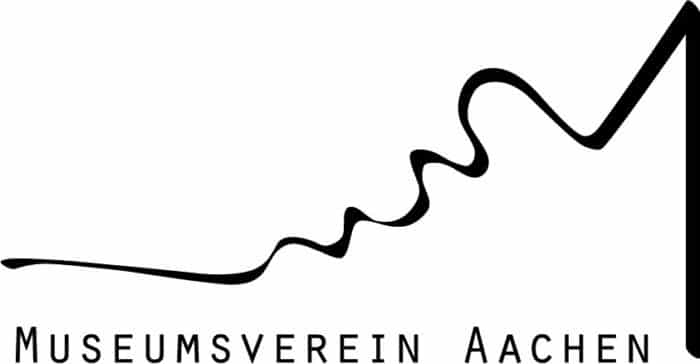Empire Room
The exhibition rooms in the second story document the change in fashion at the beginning of the 19th century. As in classical architecture, the styling of the furniture and interior decoration also changed. Austere, symmetrical forms quoting ornamentation from the ancient world and precious materials replaced the curving forms of the Rococo. The large bureau with a built-in musical box is representative of the Empire style which breaks up the straight, unostentatious form of the furniture. In the interior of the desk drawer are inlays of various woods, which give an illusion of space. Above the suite – sofa, table and chairs – hangs a family portrait from the 19th century which depicts the members of the von Coels von der Brügghen family in typical contemporary costumes. Further portraits show the spa doctor, Dr. Gerhard von Reumont (*1765 †1828) and his wife.
In the table cabinet various fans and pearl-embroidered handbags are exhibited. Such accessories were part of a lady’s fine wardrobe around 1820, as were the elaborately ornamented hairpins, which were worn with dresses made of heavy velvet with lace collars and bows and finished off with silk gloves. These accessories as well as the artistic braided hairstyles are depicted in the paintings of the Jacques Louis David student, Johann Baptist Bastiné (*1783 †1811), and other artists of the 19th century portraiture.
The pack of cards with a portrayal of French soldiers bears witness to the Napoleonic occupation which had a lasting influence on the Rhineland culture. Not only is the French influence on fashion shown in the portrait paintings and illustrations at the beginning of the 19th century, but also relics from the French official language of those times can still be heard in the Rhineland vocabulary today.


